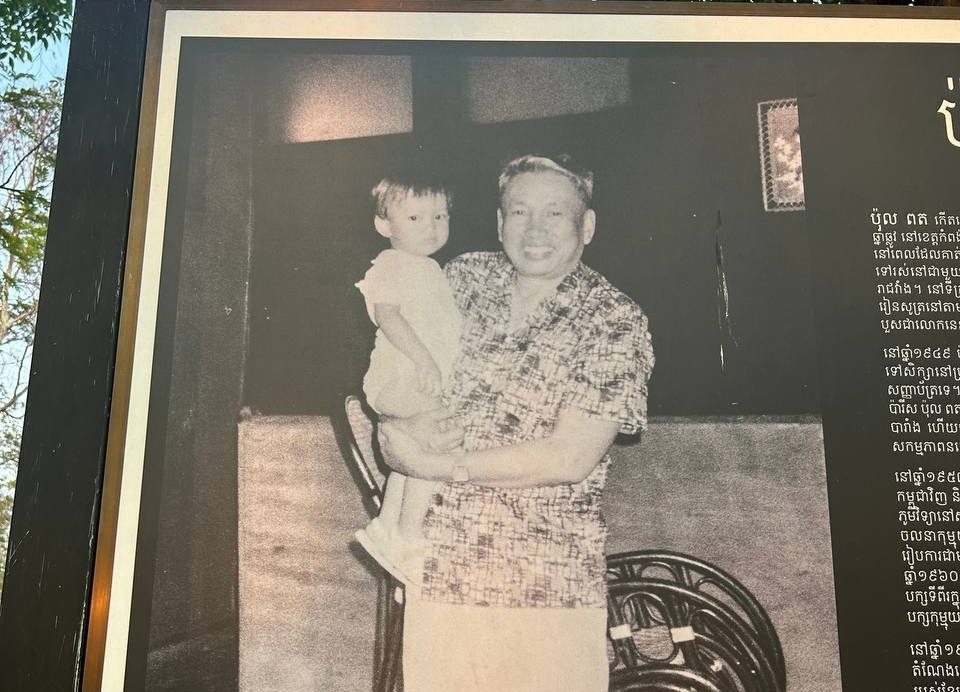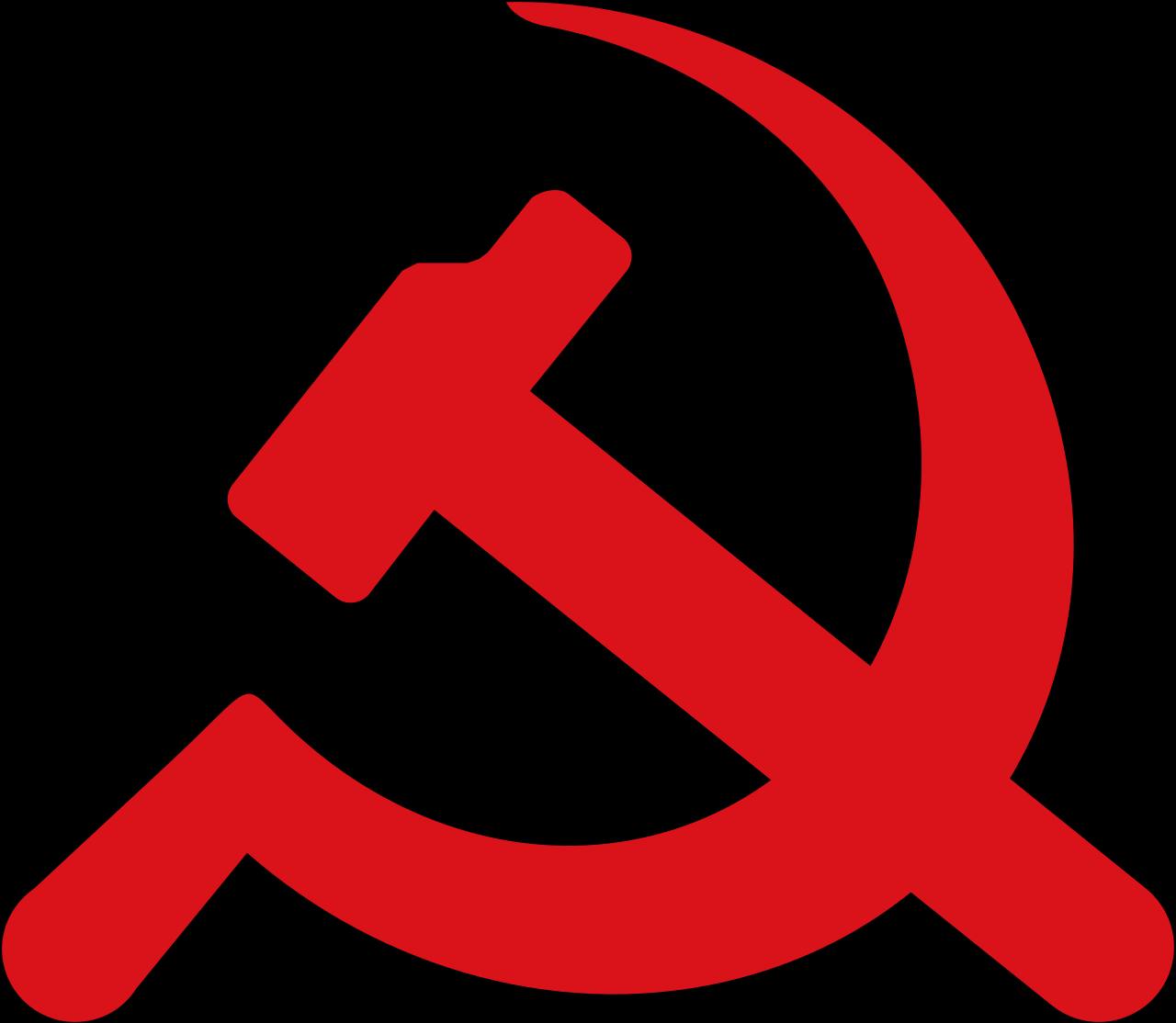What is the legacy of Cambodias Win-Win policy? What was the win-win policy and was it a success? We take a look.
What was the win-win policy?
In short the win-win policy of Hun Sen was that if Khmer Rouge soldiers defected to the government forces they would be reintegrated into the military of the Kingdom of Cambodia, or coulee simply rejoin society. They would be considered citizens of the Kingdom, rather than of the last Khmer Rouge state, and Cambodia could move on, largely with few questions asked.
To rad about the last Khmer Rouge state click here
This has now both plaudits and controversy, but what was the background to the policy and did really result in a win-win for Cambodians?
The Cambodian Civil War of the 1980’s
Pol Pot (link) and the Khmer Rouge oversaw one of the most despotic regimes in history via the country down as Democratic Kampuchea (link). This country managed to kill, or cause the deaths of up to 2 million people, out of a population of less than 8 million. After being driven from power by a joint Cambodian-Vietnamese force they should have been consigned to the rubbish tip of history, but these were not in any way ordinary times.
To read about the war between Democratic Kampuchea and Vietnam click here.
Instead the Khmer Rouge were funded, supported and indeed recognized by the west in an insurgency against the legitimate government and indeed liberators of the country. The civil war was bleak affair with the Khmer Rouge and their allies, which included King Sihanouk, not only controlling large swaths of the country, but causing immense misery and suffering via either extreme socialist policies, or their extensive mining of certain areas.
The State of Cambodia and the road to the Paris Peace Accords
In 1989 the country morphed into the State of Cambodia, references to Marxism-Leninism were dropped and the doors to peace were opened up to everyone, including the Khmer Rouge.
In 1991 the perverse situation of all leaders not only talking, but Khmer Rouge war crimes being wined and dined came about. While this may seem controversial now it genuinely marked a hope from all sides that the civil war could be brought to an end and that peace could be brought to the country. And while there was no love lost towards the Khmer Rouge, being the strongest fighting force it was accepted from all angles that there would be no peace without them.
This led to the Paris Peace accords, which for the first time in history would mean the UN under UNTAC taking over a country.
Their remit was to disarm ALL parties, integrate all parties into government and military circles, as well as oversee elections. History has taught us that it was a success, but much of it was object failure.
To read about UNTAC in Cambodia click here.
The main failure of UNTAC was that whilst they managed to disarm government and FUNCINPEC militias, they failed with the Khmer Rouge, something that end bringing 6 more years of death and destruction to the country.
Khmer Rouge refuses to take part in elections
When the 1993 elections finally came to pass the Khmer Rouge, now calling themselves the Cambodian National Unity Party (link) were supposed to take part in elections. They still controlled around 6% of the country including Anlong Veng and Pailin, but would undoubtedly have lost the elections. Whilst most of the Khmer Rouge cadres were looking to reintegrate into society, the loss of power clearly worried Angkar. They thus not only refused to take part in elections, but from their power base caused havoc during the whole process.

To read about Anlong Veng click here.
The slow road to the end of the Khmer Rouge and the win-win policy
The Khmer Rouge now largely operating from Anlong Veng declared the internationally unrecognized the Provisional Government of National Union and National Salvation of Cambodia (PGNUNSC). This “government” continued the fight against the government, but the government largely of the CPP and Hun Sen were fermenting discord that would lead to a number of high profile defections, such as that of Khieu Sampan (link) among others.
What many people do not realize is that for much of this time and largely due to FUNCINPEC the Khmer Rouge had not yet been declared a “Criminal Organization” and it is suspected that they were courted by various sides in order to tip the balance of power. Pot Pot was to eventually die in 1998, from where the organization was taken over by Ta Mok. It was then that with the government now largely under the control of the CPP that the win-win policy was initiated.
What was the Hun Sen Win-Win policy?
Quite simply it was that if regiments of the Khmer Rouge would defect to the government they would be considered Cambodian citizens, could keep their land, and even stay in the army if they so desired.
Many Khmer Rouge were scared to do this for a number of reasons, firstly their bosses finding out and killing them and secondly that the Khmer Rouge famously took no prisoners, so felt skeptical that the government would keep to their word.

But, keep to their word they did and there were numerous ceremonies whereby Khmer Rouge soldiers would take off their own uniforms and swap into Royal Cambodian Army uniforms. Word spread and the Khmer Rouge largely defected enmasse. Ta Mok was to remain on the run with a few loyalists before being captured in 1999, but for all intents the war was over 1998. Since then Cambodia has seen its longest period of peace in modern times.
Was the win-win policy a success?
Until 1998 the Khmer Rouge were not only still a fighting force, but had the resolve and the resources to continue fighting for a long time. Much like the atomic bombs in Japan are used as vehicle that actually saved lives, there is no doubt that the policy saved lives and ended the war.
Why do some people consider the win-win policy controversial?
Sadly people see everything as controversial and the same people who are against it would have been the ones complaining had the war had of continued.
The main sticking point seems to be that a number of senior Khmer Rouge figures were initially granted amnesty. The sad thing is that this argument holds weight for two main reasons. The Khmer Rouge and their leadership whilst undoubtedly committing horrific war crimes did so under the sponsorship of western governments. Indeed they were been courted as recently as 1993 by them. The Cambodian government offering amnesty for an end to the war was certainly the lesser of these two evils.
Secondly almost all major Communist Party of Kampuchea players were eventually tried for war crimes. Yes it happened too late, but this was not the fault of the Cambodians, it was the fault of the west, who should have helped vanquish the Khmer Rouge in 1979. We have said it before, but imagine if we had traded the Nazis the same?
To read our take on the Khmer Rouge vs The Nazis click here
The win-win policy in relation to the rank and file?
Again this is another fake controversy. Most of the rank and file were also given amnesty, but a lions share of these people had either been following orders, or had been conscripted. Are there war criminals among them? For sure, but the country not only needed to move on, but lacked the resources to keep looking for these same things. The country needed to move on and the Win-Win policy was what made this policy..
Contrast this with the abject failure of the UNTAC mission and you can only conclude that the win-win policy was a win-win for Cambodia.
To read a guide to Pailin click here.
Anlong Veng and Pailin are now relatively vibrant economies and everyone has been reintegrated into Cambodian life. Things might not be perfect here, but they would be a heck of a lot worse.
You can visit the Win-Win Policy monument in Phnom Penh.




